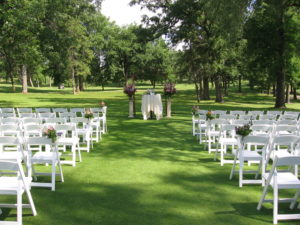Moderation, Please!
Weddings are often over the top experiences, but alcohol consumption is one area where moderation is the key. I would have hoped not to ever have to write this blog, but it happened again recently, so I guess it needs to be said. It’s important that the bridal party not overindulge before the wedding ceremony.
There is nothing attractive about a groomsman swaying down the aisle or a bridesmaid too inebriated to walk at all. And it’s essential that the couple marrying have their wits about them as they enter into a legal and emotional commitment intended to last a lifetime.
I understand that it’s a long day, often starting early with hair and make-up, and with periods of down time when a beverage is very appealing. I really appreciated the father of the bride at a recent wedding who shared that he had set a “one beer before the ceremony” rule for the groomsmen that day.
I understand that it’s a day to celebrate, and that alcohol is often a part of that, and I’m not anti-alcohol. I do, however, think that as a part of the wedding party you owe it to the couple to be sober and to gracefully fulfill the responsibilities of being a bridesmaid or groomsman. And I do think it’s important for the couple to set the tone for the day.
All that said, it’s better to excuse an inebriated bridesmaid or groomsman from the ceremony than risk someone falling or getting sick at an inopportune time. Processional groupings can be quickly adjusted and the ceremony can continue without delay if someone is not able participate. Few guests will likely notice, and if the person can sober up some they can rejoin the party later for the dinner and reception. Embarrassing, yes. Critical, no. But the best way to handle this situation is to avoid it in the first place. There’s enough emotion, happiness and excitement to fuel the day and guarantee a great celebration, so practice moderation with the alcohol.

